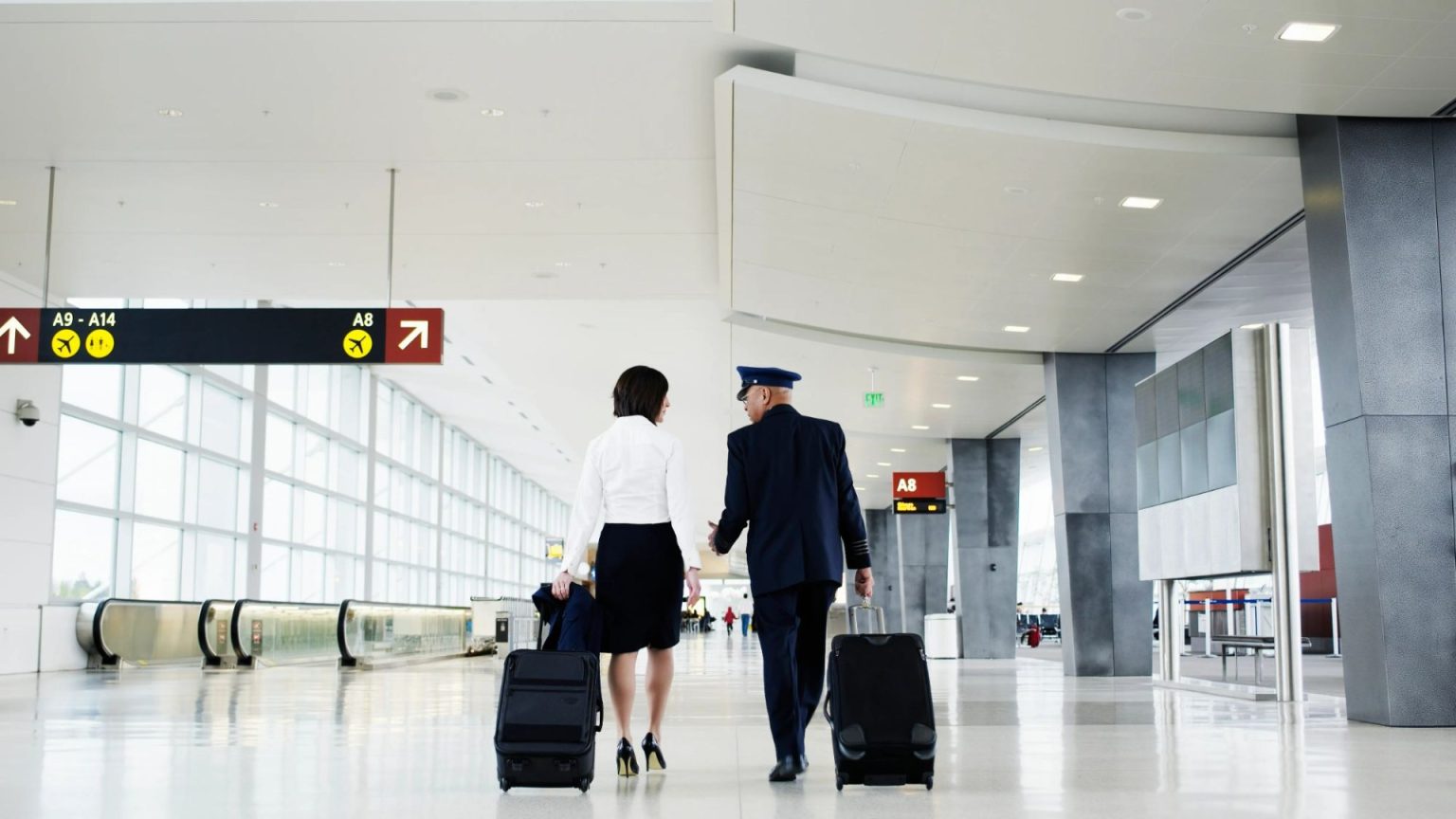An ex-pilot has detailed the reasons why planes still arrive on time despite flights taking longer than before. Chad Kendall, a former commercial pilot and associate professor of aviation at the Metropolitan State University in Denver, explained that airlines pad out their schedules. Data from the US Bureau of Transportation Statistics shows that planes experience longer delays leaving the gate, more time taxiing before takeoff, and increased time in the air. Despite these factors, there has been a decrease in flights arriving after their scheduled time, with more flights arriving early or on time. Airlines have extended their scheduled flight duration even more than actual flight times have lengthened.
Kendall noted that airlines have plenty of incentives to be on time, as the Department of Transportation’s benchmark for performance is based on arriving within 15 minutes of the scheduled time of arrival. Additionally, commercial pilot and author Patrick Smith shared a little-known hack that pilots know about. Smith explained that pilots are given a timetable based on weather conditions and air traffic, with the arrival time on the pilot’s timetable appearing earlier than the one on a passenger’s ticket.
In other aviation news, plans for the next “Son of Concorde” jet, which could travel from London to New York City, have advanced significantly. The upcoming supersonic XB-1 plane recently achieved a new maximum altitude of 25,040 feet during a 54-minute flight test. The goal is for the aircraft to eventually reach supersonic speeds of Mach 1, enabling it to transport passengers from London to New York City in just 3.5 hours. The team faces the challenge of designing a fast and stable plane that does not rely on computerized augmentation to ensure safety in the air.
Commercial supersonic flight over land has been banned in the US for over 50 years due to the noise of sonic booms, with a similar ban in the UK for about 20 years. The Concorde, the first supersonic passenger-carrying luxury airplane, was retired in 2003 following factors such as unsustainable fuel consumption, loud sonic booms, and a tragic accident in 2000 that claimed 113 lives. Despite these challenges, there is renewed interest in supersonic travel, with a growing number of companies working to develop new supersonic aircraft, and regulators poised to review the bans on commercial supersonic flight.


